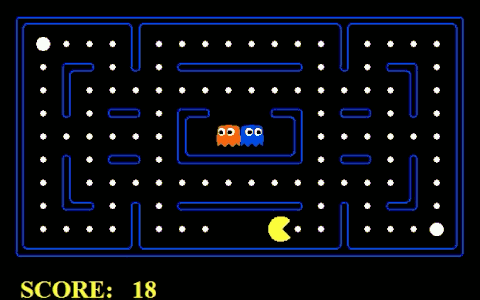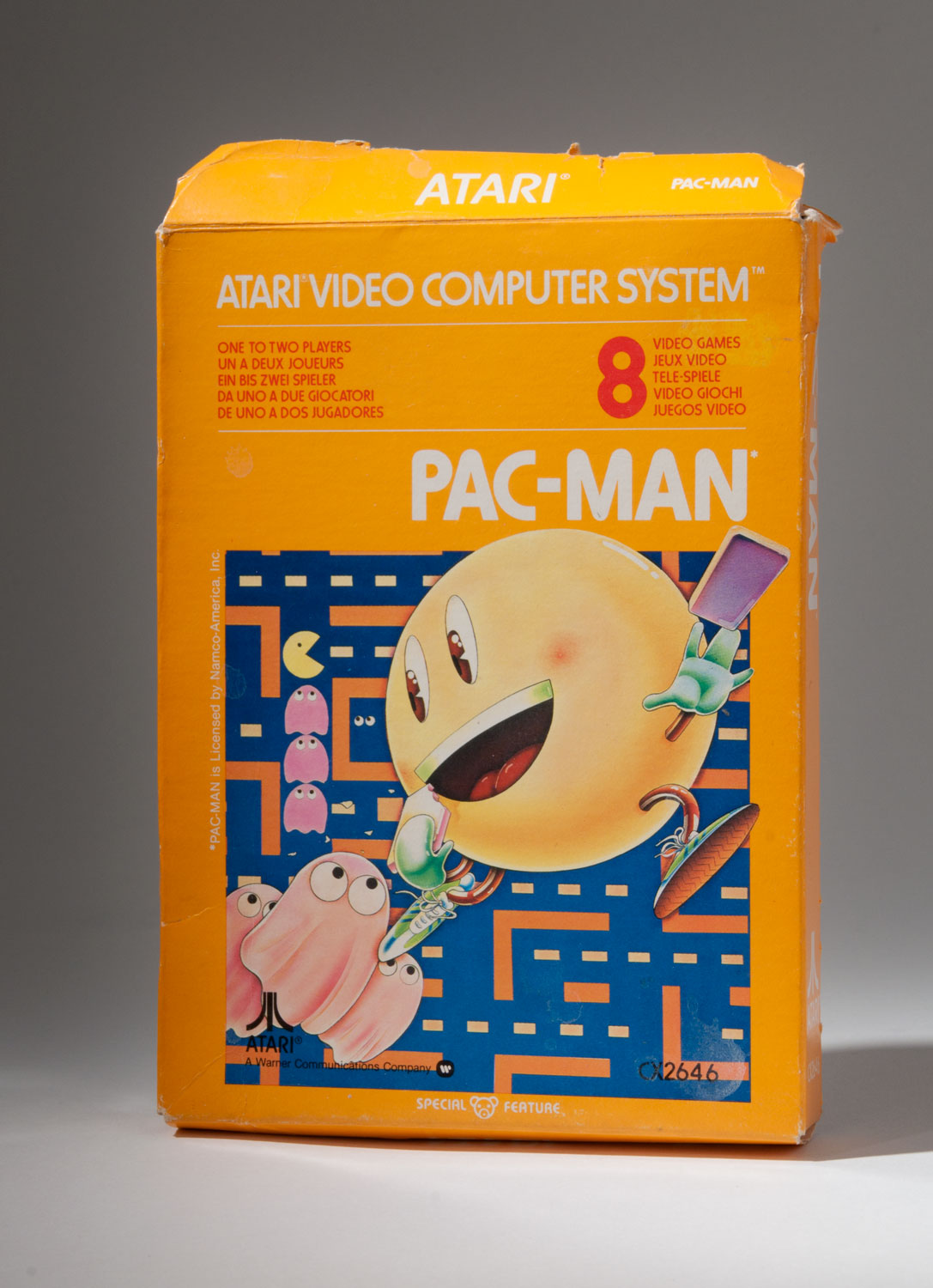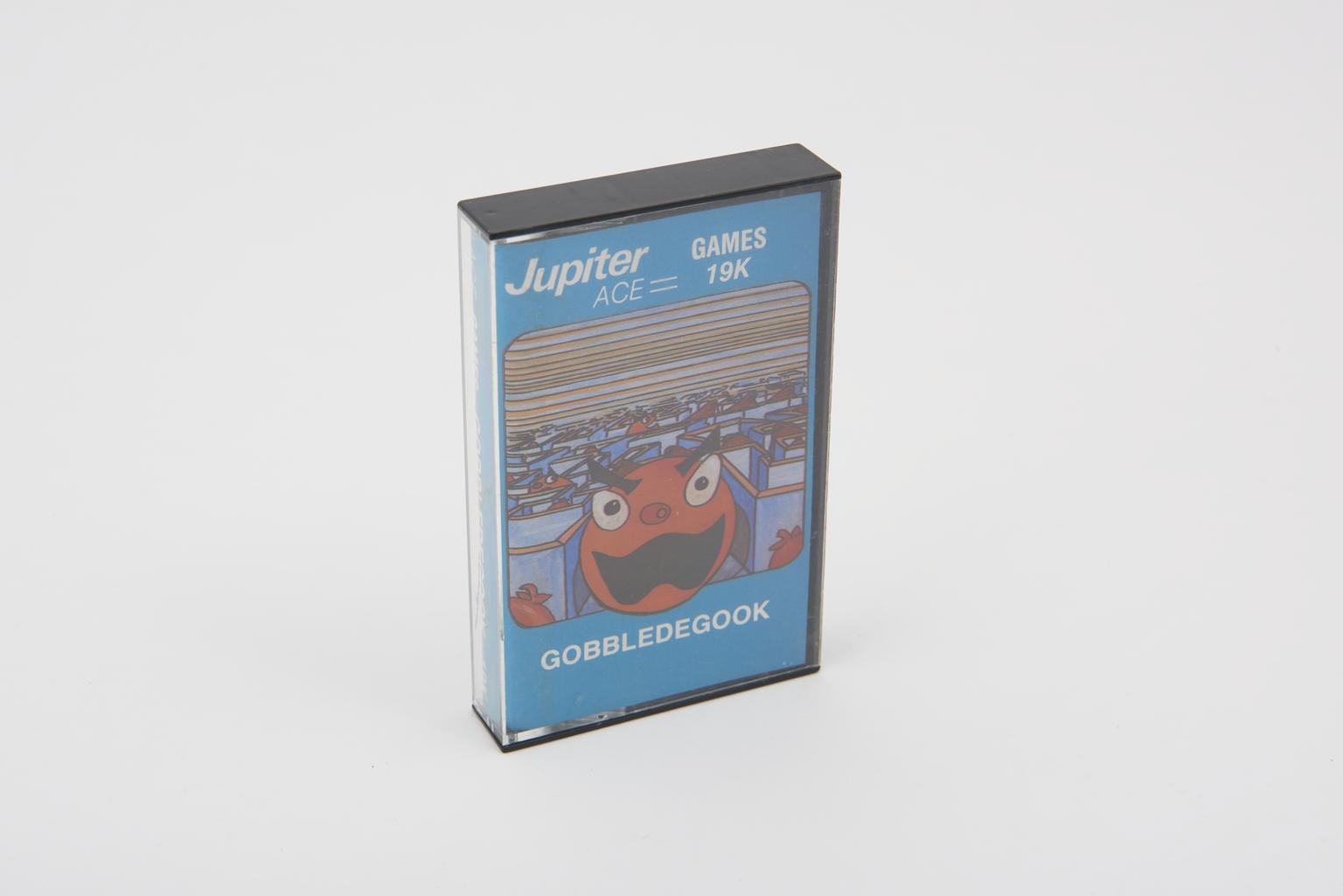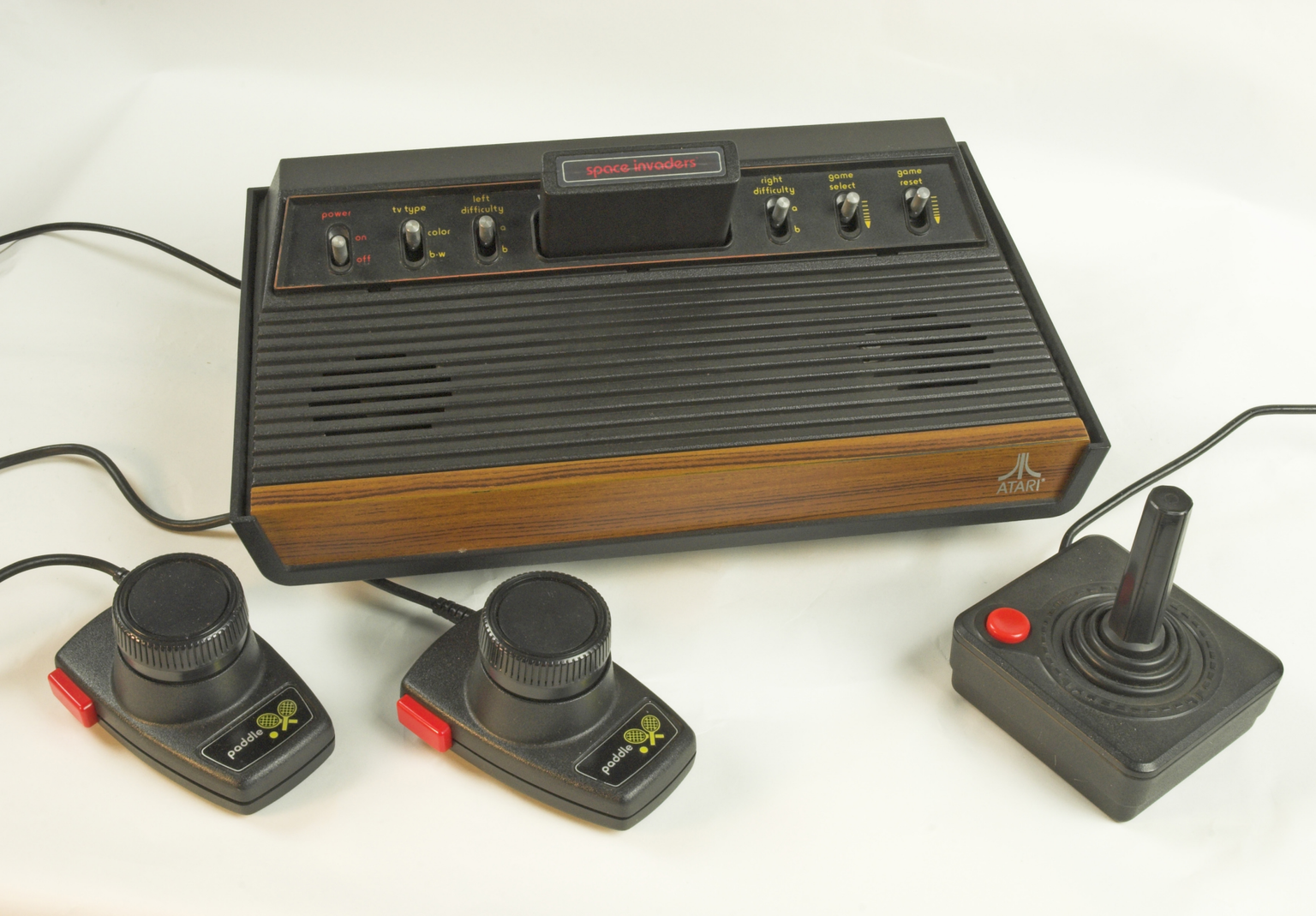The undisputed granddaddy of gaming mascots turns 40 this month so here’s a look at why we’ve all been in the throes of Pac-Mania for the past four decades.
My love for the little yellow circle started in a very analogue fashion playing the MB Games boardgame spin-off at the age of five with my cousin in 1990.  Ten years earlier in May 1980 Namco began public testing of its new arcade game Puck Man. Initial feedback was positive and so later that year Namco took its new title to trade shows around the world. After a quick name change (courtesy of American Execs at Midway fearing what vandals might change the title to) Pac-Man hit the arcades.
Ten years earlier in May 1980 Namco began public testing of its new arcade game Puck Man. Initial feedback was positive and so later that year Namco took its new title to trade shows around the world. After a quick name change (courtesy of American Execs at Midway fearing what vandals might change the title to) Pac-Man hit the arcades.
The US welcomed this new title and Pac-Man became a huge success in the growing number of arcades around the country. Within a year more than 100,000 arcade units had been sold grossing more than $1 billion in quarters. Part of the reason for this success was the universal appeal. Creator Toru Iwatani felt that arcade games at the time were often violent and appealed mainly to men. He wanted to create a non-violent game, hoping that his game would attract women and couples to the arcades. The then-revolutionary RGB colour displays allowed Iwatani and his team to create attractive characters with bright colours which helped bring new fans to gaming.

Pac-Man is joined on screen by a collection of ghosts who chase him around the maze as he tries to gobble up dots. Familiar to Western audiences by their nicknames the four main ghosts are Blinky, Inky, Pinky and Clyde. These ghosts were each programmed with a different personality and their Japanese names were hints to their behaviour. While Oikaké (chaser) always chases Pac-Man around the maze, Kimaguré (fickle) is fickle, chasing or ambushing Pac-Man and sometimes just wandering off.

After his arcade success, Pac-Man was converted to consoles for home video game audiences. Over the following 40 years, there has been a host of sequels, spin-offs, rip-offs and remakes. Pac-Man has featured in over 80 games selling upwards of 43 million units, worth over $14 billion. Along the way he has entered the 3D world, featured in all number of game genres and introduced us to his family Ms. Pac-Man, Jr. Pac-Man and Baby Pac-Man. His impact has taken him outside of the world of games to star in cartoons, have hit singles, feature in films and get his own playable Google Doodle.
It hasn’t always been a story of success for Pac-Man, however. At the height of popularity in 1982 the Atari 2600 conversion was criticised for its bad-quality and odd design choices. Atari had produced 12 million cartridges but only managed to sell 7 million. This in part led to Atari’s demise, the videogames crash of 1983 and the rumoured burial of thousands of unsold cartridges in a secret landfill site.

Perhaps the biggest challenge out there for fans of Pac-Man remains the achievement of a perfect score on the original game. The game’s 256th level has a glitch making it unplayable, meaning it’s possible to hit a high score of 3,333,360 points by eating all the dots, fruits and ghosts. Fewer than ten people have achieved this on an original arcade unit, the fastest entering the record books in 3 hours, 28 minutes and 49 seconds.
With several Guinness World Records and dozens of games to his name the impact of Pac-Man, partially designed to look like a pizza with a slice missing, is huge. The sequel Ms. Pac-Man is one of the first video games to feature a female lead character and the franchise’s non-violent, colourful puzzles have made gaming accessible to people the world round. Pac-Man has served as the inspiration for games and games designers for 40 years and looks likely to continue for many years to come.
While many of us are currently spending more time at home you might like to test your own skills at playing and creating a Pac-Man game. The World’s Biggest Pac-Man is an online resource where you can design your own maze and play on mazes created by others. With over half a million mazes to play on, users have so far eaten over 263 million ghosts and over 20 billion dots.